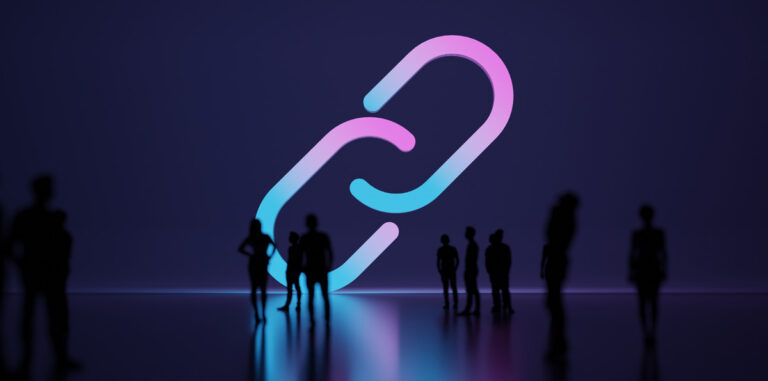Miami based DMG Solutions has built an expertise in Hispanic Direct Response Advertising. DMG Solutions buys media for clients including DirecTV Mas, Continucare and Mapfre. Portada talked to Marcelo Salup, Media Director at DMG Solutions, about his best Hispanic Direct Response Advertising practices. As he notes, “the process is simple, though not simplistic”.
Some highlights:
– “30% to 40% of all calls are destined to not go anywhere”
– “Media doesn't drive response in DR… creative does.”
– “Performance Advertising is pro-active not reactive”
-“Events are not media, they are a hybrid and the ROI calculations need to incorporate other variables such as influence over buying”
Below is a description of the DR Advertising process according to Marcelo.
1. Client Defined Goals:
“In Performance Advertising the client takes the initial step by defining all the financial goals: How much the product is going to sell for, the margin and the acquisition allowance. This is done not only by considering a simple thing like the price/cost relationship, but also the lifetime value of the customer and other cross selling opportunities. For example, a $15 CD collection might have a $30 acquisition allowance if the client determines that, on average, a client will buy 8 CD's in his/her lifetime so that client is worth $120 and the $30 acquisition is a 400% ROI.”
2. Testing
“There are two major variables with most clients: the cost/call and the close ratio and both impact the profitability of a sale. Typically, at some initial stage you need to test both. So we might run different schedules in different cities to test them. After that, we will have a good idea of how much each call will cost and how many calls will be converted into sales. There are tons and tons of reasons why a call might not convert into sales. People might call because they think that they can reach customer service faster but they are not interested in buying; or their credit card might have problems; or they get cold feet… from what I've seen it seems that easily 30% to 40% of all calls are destined to not go anywhere. The same thing by the way, applies to all media including interactive where we could do deals that have call back costs, or cost/click, or search.”.
3. Implementation
“While we test the media we will also be testing (though not at the same time!) the creative. However, creative deserves a chapter on its own. Media doesn't drive response in DR… creative does. With a client like DIRECTV Mas we have been fortunate; they understand very well the importance of testing creative and keeping it fresh. Once we move into the implementation stage we are fairly sure (next point) on what is going to happen so that we can then study the creative product in depth.”
4. Tracking
“Performance Advertising is pro-active, not reactive. We track every aspect of the campaign in a very –excruciating almost– granular style: we track time of day, day of week, hour of the day, dates, phone numbers, area codes, media, programs, cities and much more. We built a customized website, which we know as Tracker(r) to keep track of all of these details. The database is now huge, way into the six figures, and we look at results every morning. We've even taken steps that take us away from more traditional operations, and have hired people whose function is to track and analyze results continuously. These people work for the Media Department, but are not media people, but analysts.”
5. Predict
“Just as important as tracking, we need the ability to predict what is going to happen, because that is key in setting up media costs. We hired Kent Lancaster –a world renowned media expert– to develop a software called "Predictor" for us. With a database like ours, which goes way into the six figures, it is easy to have enough data to build robust models. This one can predict the number of calls we will get per spot per station, per city, per hour of the day as well as the number of sales that we will get per call for the same variables.”
6. Renegotiation
“Based on all of this – and, by the way, our media partners can see their information on the site exactly the same way we see it, so we are completely transparent, the only difference is that they only get to see their info – we sit down regularly with everyone, discuss results, re-negotiate, re-plan, etc. So, every plan is just that, a plan that gets re-evaluated based on real-time data.
Additional Note from Marcelo:
“So that, in a nutshell is the process: we establish clear goals, test our assumptions, learn, implement, keep learning, review our results continually.
I know. It's boring. Nothing sexy. Just solid work day in day out, but as long as our clients get the results they want, that's all the excitement we need.”
Next Tuesday: A look at response rates (TV, print, online, events etc…) and at DR campaigns that work and at those who don’t.







